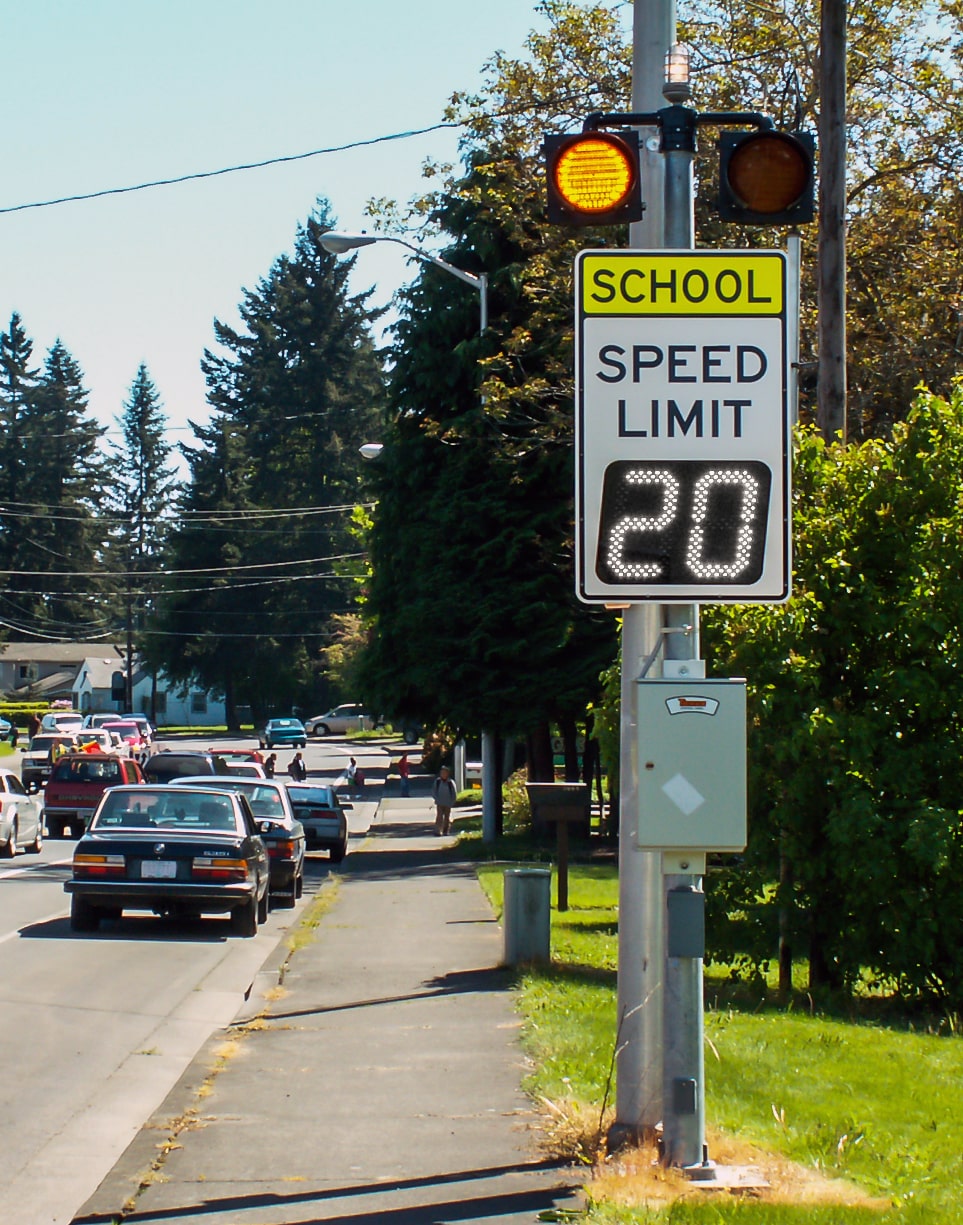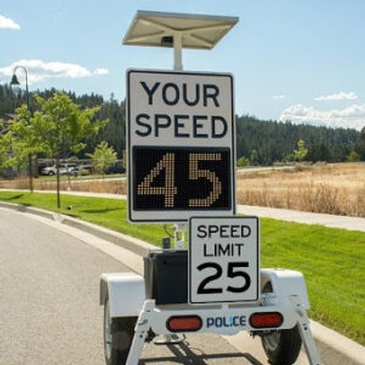Introduction to the City of Bloomington Traffic Commission Meeting
I attended the City of Bloomington Traffic Commission meeting on March 22, 2023 at 4:30 to learn more about how matters such as traffic safety and efficiency are handled in my community. The main point of today’s meeting was to discuss both the positive and negative implications of the 7-Line Project as well as to discuss a potential plan of action to lessen the negative trends resulting from the project. To preface, the 7-line project refers to the creation of a protected East-West bicycle lane which extends down 7th Street. It was created to increase traffic efficiency and promote bike ridership. The meeting was located both on Zoom and in-person at City Hall. There were 18 total participants on Zoom (including myself), but I was unable to see the in-person audience. There were 6 commissioners in attendance. Two of the commissioners were women while the remaining four were men. Five of the commissioners seemed to be middle-age and the last seemed to be college-aged.
Prior to the meeting, I was able to access the agenda which was attached as a PDF packet. This outlined that the meeting would begin with a Call to Order which would then lead to the election of the Chair and Vice Chair of the commission. Afterwards, the commission would open up to public comments from the audience. Then, Andrew Cibor would discuss the 7-line project update and the potential reinstatement of all-way stop controls. Upon completion of that discussion the meeting would be adjourned.
The Topics of the Meeting
The Election and Public Comment
The election was very straightforward and both positions were elected in a unanimous vote. No one had any public comments to make either. It was noted that any public comments regarding topics that were on the agenda should be saved until the commission reaches that discussion though. This means that the majority of the audience was likely there to hear Andrew Cibor’s updates and plans.
Parks vs Power Plants
Cibor started off by discussing the closure of a portion of the B-line, and his displeasure with the overstepping of power from utility companies towards parks. He reports that the closure of this portion of the B-line is due to Duke Energy building a facility in the area. He worries that this will cause Bloomington parks to lose more power to utility companies as they have already encroached on park power by building power lines in the sidewalks and by changing the curvature of bike trails for the sake of their projects making it awkward to navigate and more dangerous for cyclists.
7-line Updates: The Good and the Bad
Cibor then got into the updates surrounding the 7-line project. He outlined that the 7-line project is an expansion of the B-line, but instead of running north-south it runs east-west and involved creating a protected bicycle lane and an improved bus corridor. Cibor reported that this project led to a 26% increase in bike traffic on 7th Street and was identified as the 5th best new bike lane of 2022. The project also removed the all-way stops located along the intersections on 7th Street. This was instituted to make traffic more efficient and allow bikers to continue cycling without stopping. However, some pedestrians report that this decreases their comfortability crossing the intersection. The commissioner also pointed out that the average number of crashes per quarter has increased in the years following the completion of this project when compared to the years prior (10.25 accidents per quarter vs 6.25). He believes this is likely due to the removal of the all-way stops and has forecasted that the majority of these accidents following the project were a result of this removal. He notes that this trend is troubling and wants to discuss potential solutions to cut down on crashes.
His recommendation is to reinstate the all-way stops along 7th Street. He has compiled metrics which show each intersection’s need for reinstatement, and Cibor believes it is most needed at the Dunn St intersection. However, he believes reinstituting them at all intersections in which they were previously located would be best.
Commission Discussion and Conflicting Opinions
The other commissioners then began to discuss other solutions such as lowering the speed limit to 20 mph or increasing speed enforcement in that area. This is because the average driver goes over the speed limit through these intersections which is likely contributing to these crashes. These alternative solutions were brought up because the commission agrees with Cibor’s point that this increase in crashes is a troubling safety concern. However, they believe that these changes prioritize motorists over cyclists which detracts from the goal of the project. The commission believes that cyclists should not be punished for drivers misbehavior. It was also suggested that reinstating the all-way stops would increase energy usage from motor vehicles.
Motion for a Vote
Following the discussion a commissioner moves to add an all-way stop to the Dunn St intersection and leave the other intersections as is for now. This motion was seconded. Before the motion was voted on, the issue was opened up to public comment. Jess, an avid cyclist from the community, is against this change as she believes it will de-prioritize cyclists and decrease bike traffic along that road towards alternative routes. She recommends that speed bumps are used instead. However, when it became time to vote the motion passed unanimously.
Another commissioner then motions to add stop signs to all of the recommended intersections. This motion was denied with the vote count being 2-4. Following this vote, the meeting was adjourned.
Smart City Technologies which may aid in Solving Biker Safety and Car Crash Concerns
A smart city technology which I believe can be instituted in Bloomington to reduce car crashes on the 7-line are intelligent speed signs which vary the speed limit based on the presence of cyclists. It will use sensors which will detect whether or not there are cyclists using the bike lanes near the intersection and automatically adjust the speed limit to be 20 mph instead of 25 mph. This will allow cyclists to retain the benefit of a stop-sign free path while also having increased safety provisions deterring driver misbehavior. Catalonia instituted a similar solution this past September after identifying that cyclists were currently the most vulnerable population on their roadways. To combat this, it installed “intelligent speed signs placed on strategic spots where frequent bicycle traffic occurs” (“TheMayor.eu”, 2020). The technology was placed in busy intersections in the towns of Centelles and Vic in central Catalonia. The results of instituting this technology has yet to be announced, but it sounds like a sound plan that would work well to protect cyclists in Bloomington too.

I also would recommend an additional change of adding radar speed signs to the intersection to aid in cutting down on the number of car crashes as a whole. The commission believes that cutting down on speeding would cut down on the number of car crashes, and I believe that this smart technology would accomplish this goal. Radar speed signs measure an upcoming motor vehicle’s speed as they approach the intersection and display it as the motorist approaches. The idea is that informing a motorist of their behavior in real-time will allow them to adjust and slow down. Studies have found that instituting radar speed signs will cause speeders to slow down 80% of the time and reduce their speed by 10-20% (“Radar Sign”). Changes in driver behavior such as these could aid in cutting down crashes to pre-project levels. Overall, I believe that instituting intelligent speed signs and radar speed signs will help increase the safety of bikers and motorists without inhibiting the cyclist’s experience of the 7-line.

Meeting Handout:
Traffic_Commission-20230322-Packet
Citations:
Carmanah Technologies Corp. (n.d.). Variable speed limit signs. Retrieved March 23, 2023, from https://carmanah.com/product-category/variable-speed-limit-signs/
Radar Sign. (n.d.). Home page. Retrieved March 23, 2023, from https://www.radarsign.com/#:~:text=Speeders%20will%20slow%20down%20up,posted%20speed%20limit%E2%80%94to%20slow.
“TheMayor.eu.” (2020, July 7). Catalonia will test smart traffic signs that detect cyclists on the road. https://www.themayor.eu/en/a/view/catalonia-will-test-smart-traffic-signs-that-detect-cyclists-on-the-road-10893
Traffic Safety and Landscaping Corp. (n.d.). Radar speed signs. Retrieved March 23, 2023, from https://www.tsandl.us/pages/solutions/radar-speed-signs
Leave a Reply